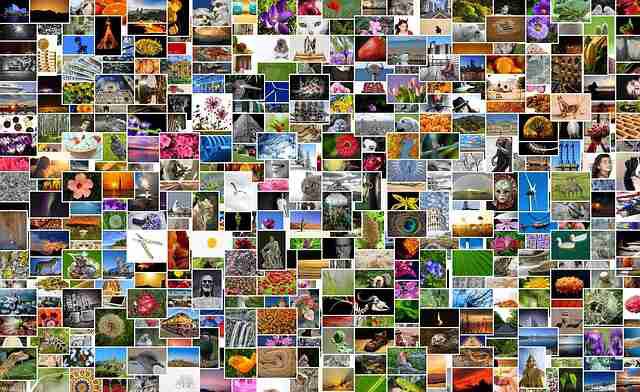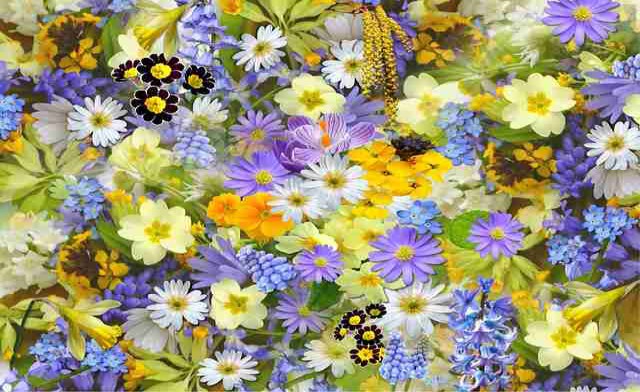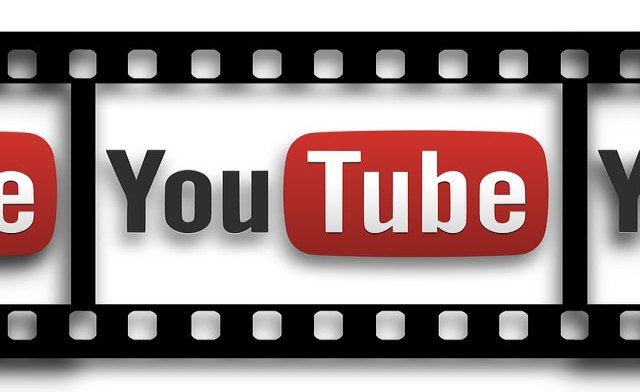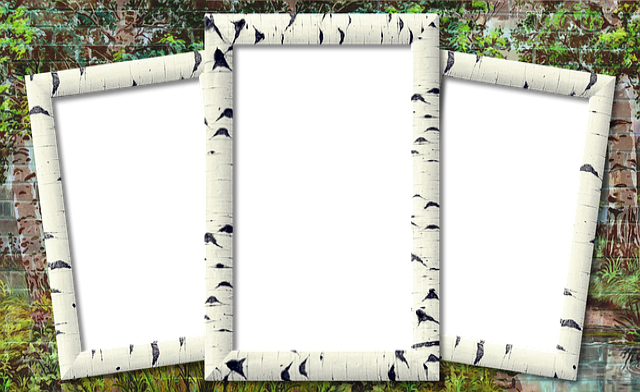What Image File Format Should You Use for Your Website

What Image File Format Should You Use for Your Website?
Do you want to know which Image File Format to use for your website? In this blog by Freeimgtools, you will learn which image format is best for your website.
The images on your website significantly impact the online experience of your visitors, which is why choosing the best image file format for your website is critical. Let’s take a look at the different image file formats available and which will be suitable for use on your website.
Types of Image File Format
Images on the internet are available in a variety of formats, such as JPEGs, GIFs, PNGs, and others. The following are the most common types of image file formats:
JPEG
JPEG or JPG format is the standard file format for digital cameras and the most commonly used image format on the web due to its compression and universal support. The primary advantages of this format are its ability to display millions of colours and its suitability for high compression levels. These files are best for saving photographs with small file sizes and minimal quality loss. JPGs use lossy compression, meaning the quality decreases with each re-save.
Advantages
Disadvantages
PNG
PNG files support lossless image compression, which makes them popular among users. PNG has evolved into one of the most widely used image file formats over time. PNG files support transparent backgrounds and retain overall higher-quality images than JPGs for graphics. Because a PNG file contains more information than a JPG file, it is commonly used when size is not an issue and the image is complex. PNGs can be used on your website and social media because they produce a sharper, more defined image on digital and mobile displays. You can optimize your PNG files for the web by keeping the file size as small as possible while maintaining good quality.
Advantages
Disadvantages
The GIF file format is commonly used for logos and sharp images. These files can contain animated image data as well. GIF images are compressed with lossless compression, but the file sizes are significantly small. These files can be used on a variety of platforms and applications.
Advantages
When it comes to the types of images you can use on your website, you have a lot of options. Understanding the different file types and their intended use can help you improve image quality and performance. Ideally, you'll select the formats that allow you to display high-quality images without significantly slowing down your site. Here are some things to keep in mind when deciding on the best image format to use on your website -
Types of Image File Format
Images on the internet are available in a variety of formats, such as JPEGs, GIFs, PNGs, and others. The following are the most common types of image file formats:
JPEG
JPEG or JPG format is the standard file format for digital cameras and the most commonly used image format on the web due to its compression and universal support. The primary advantages of this format are its ability to display millions of colours and its suitability for high compression levels. These files are best for saving photographs with small file sizes and minimal quality loss. JPGs use lossy compression, meaning the quality decreases with each re-save.
Advantages
- Universal browser support
- Small file size, fast loading
- It supports displaying millions of colors
- Good quality photo images
Disadvantages
- This image format does not support transparent backgrounds.
- Lossy image compression results in poor image quality or text readability.
- It should not be used for computer-generated graphics.
PNG
PNG files support lossless image compression, which makes them popular among users. PNG has evolved into one of the most widely used image file formats over time. PNG files support transparent backgrounds and retain overall higher-quality images than JPGs for graphics. Because a PNG file contains more information than a JPG file, it is commonly used when size is not an issue and the image is complex. PNGs can be used on your website and social media because they produce a sharper, more defined image on digital and mobile displays. You can optimize your PNG files for the web by keeping the file size as small as possible while maintaining good quality.
Advantages
- It supports lossless compression that’s why image detail and quality are not lost after the compression.
- The image format supports a wide range of colours
- It supports the compression of images with transparent areas.
- Ideal for editing images - lossless compression makes it ideal for storing digital images for editing.
- This image format is ideal for images with text, line art, and graphics.
Disadvantages
- Compresses images into a larger file size.
- It doesn’t support animation
- Not suitable for professional-quality print graphics because it does not support non-RGB colour spaces such as CMYK (cyan, magenta, yellow and black).
The GIF file format is commonly used for logos and sharp images. These files can contain animated image data as well. GIF images are compressed with lossless compression, but the file sizes are significantly small. These files can be used on a variety of platforms and applications.
Advantages
- The file size is small - One of the primary benefits of using animated gifs is their small file size when compared to other file formats.
- Images load faster - This image format can be advantageous when loading images online because they can load faster without sacrificing quality.
- Convey Messages Better - Animated gifs can convey any thought much more effectively than static images. It can depict movements and emotions that a regular image cannot.
- Limited Color Pattern - Because it only uses a color palette of 256 colors, the animated images created can sometimes look poorer than other image files. Images can appear slightly pixelated or blocky in some cases.
- Editing is not possible - Gifs cannot be edited once the animation has been coded into the gif file. So you must ensure that you have the final image before putting it into action. If you don't, you might have to start all over again just to make a minor change to an existing gif file.
When it comes to the types of images you can use on your website, you have a lot of options. Understanding the different file types and their intended use can help you improve image quality and performance. Ideally, you'll select the formats that allow you to display high-quality images without significantly slowing down your site. Here are some things to keep in mind when deciding on the best image format to use on your website -
- JPEG is ideal for all types of photographs.
- PNG is ideal for images with limited colour data.
- If you want to display animated graphics on your website, GIF is the image format to use.



